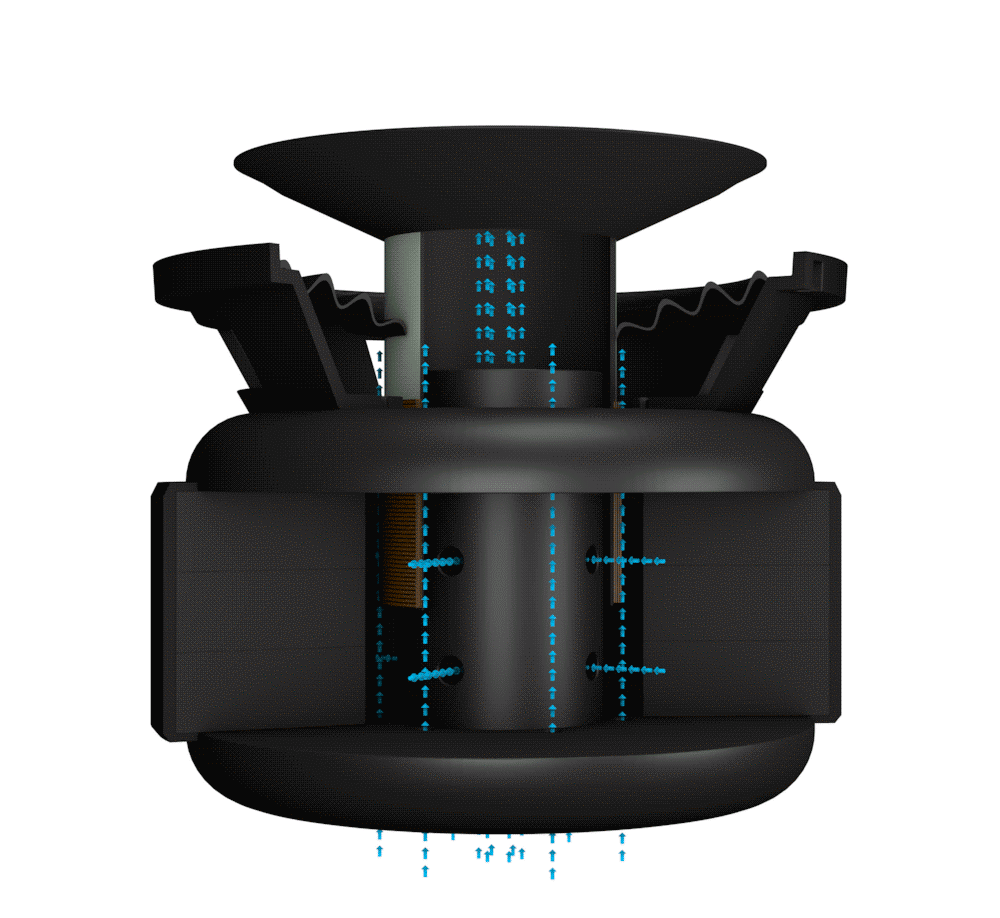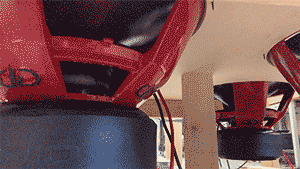
Give Your Subwoofer a Break-In!
If you’re a frequenter of any online car audio forum or social media group, you’ve invariably run across folks talking about “Breaking In” their subwoofers, and we get daily calls from customers asking if they really need to do this, why they need to do this, and how to do it. Here at DD Audio we fully embrace the practice of breaking in subwoofers before you hit the bass demo circuit with your freshly installed system.
If you’re asking the question, “Why do I need to break-in a DD sub, I don’t have to break in a brand X sub” the answer is simple…
A DD sub’s suspension is designed to provide a high level of control for use in ported enclosures within the recommended power band. Add that to the fact that we build DDs to sound good for years of service life, not just long enough to get it sold, it equals a suspension that will be stiffer than most other brand’s suspensions and will require a little patience during the initial break-in period. After the subwoofer is properly broken in, you’ll notice it plays deeper, with more dynamic range, and increased output.
What’s physically happening to the sub is the resins in the spider pack begin to break apart and soften. The woven poly-cotton fibers that compose the spiders begin to stretch out, and the surround has a chance to become more pliant. As everything loosens up your sub will have more excursion and there will be a shift in the electro-mechanical parameters. Since a broken-in suspension allows the subwoofer to move with greater excursion it will be able to more effectively cool itself (see animation above). The parameter shift we mentioned happens as your subwoofer’s suspension breaks in and the FS (free-air resonance) decreases by as much as 15-20%. In case you don’t know the FS of a driver is the frequency at which it has the highest volume output with the lowest power input. This means it takes less power to create the same output at a lower frequency.
Now that we’re sure you’ve seen the light and have become a subwoofer break-in convert you’re probably wondering just how to properly do this fantastic thing.
Here are a couple of methods with basic instructions on how to break a sub in. Both methods work equally well, and for both methods we want to stress that you still need to pay close attention to your sub to avoid damaging it during the process. If at any time your sub starts to give off the odor of burning adhesives or starts to make noises that don’t seem right, turn things down!
- If the sub is already installed in the vehicle and mounted in an enclosure, simply turn your subsonic filter up to around 40 Hz for the first week or 12-40 hours of playtime. During this break-in period, we suggest listening to the system at a moderate level, and we highly discourage giving your brother-in-law a banging demo or participating in SPL competitions. After the initial break-in period, you can begin to lower and fine-tune your subsonic crossover and crank the bass up a notch.
- The other method we commonly recommend is breaking a subwoofer in free air. This involves having an amplifier hooked to the sub while the sub is not mounted in an enclosure and continually playing a low frequency, such as 30Hz, through the sub for 24-40hrs. You start by making sure the sub is secure and not able to move during this process and that any ventilation is unobstructed. Once the sub is secured, start playing it at a low power level and as the suspension breaks in you can increase the delivered power every few hours which will increase the excursion and in turn progressively break in the suspension. It is important to closely monitor amplifier clipping and excursion levels during this process to avoid damaging the subwoofer.
So, there you have the mysteries of subwoofer break-in revealed. It’s not complicated and doesn’t guarantee that your sub will be invincible, but it is absolutely the best way to get your DD Bass experience started off on the right note.
Check out the new DXBT-05 Wireless ANC Headphones!

